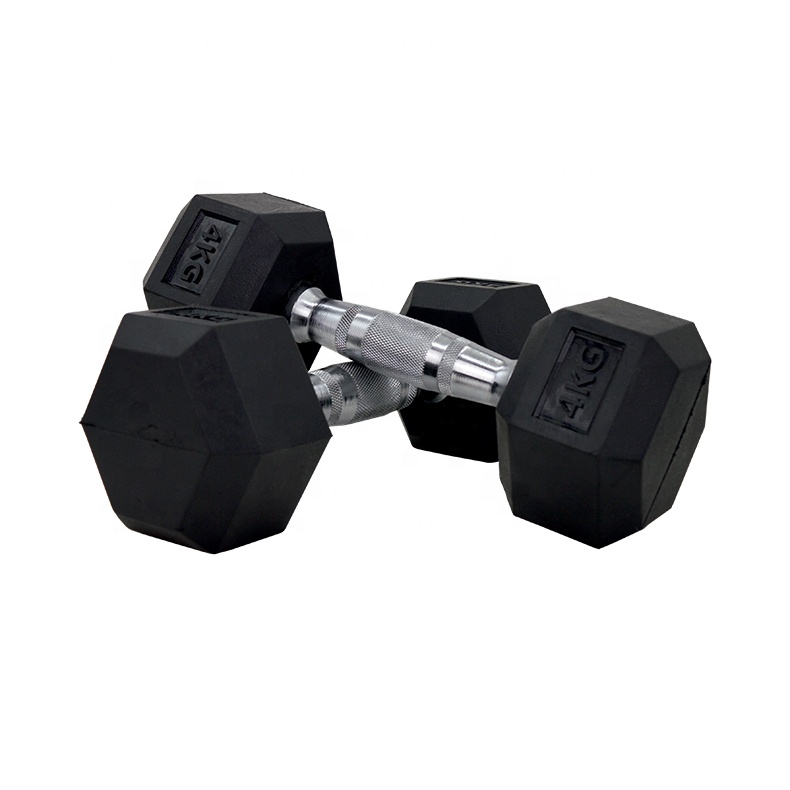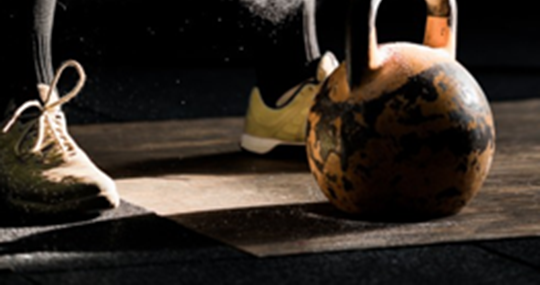Call Us
+86-13326333935
Email Us
ella@goodgymfitness.com
Different types of dumbbell practice method for men(1)
2021-12-04
Dumbbell shoulder push
Target parts: shoulder, upper chest
Both sitting and standing positions can be adopted. The legs step on the ground separately, and the trunk remains straight. Hold a dumbbell in each hand, palms forward, elbows bent 90 degrees. Lift the dumbbell to the top of your head. Control the dumbbell to slowly return to its original position. Practice effect: a man's shoulders should be wide enough to bear responsibility and show momentum. The width of the shoulder depends on the skeleton and the volume of the shoulder deltoid. The skeleton is difficult to change due to heredity, but we can exercise the shoulder deltoid. Shoulder push mainly trains the deltoid of the shoulder and assists in the upper trapezius and pectoral muscles. If you are worried about your weight loss, practice this action more. In order to achieve better results, you can also add dumbbell front flat lift, side flat lift, lean over side flat lift and other actions.
Dumbbell upright rowing
Target location: shoulder
Standing posture, keep your legs as wide as your hips, keep your torso straight, hold a dumbbell in both hands, hang the dumbbell in front of your thighs with the palm facing back. Bend and lift the elbow joint to both sides, and lift the dumbbell vertically to the height of the shoulder joint. Note that the elbow joint is slightly higher than the dumbbell at this time. Stay for a few seconds, and then slowly lower the dumbbell to the initial position.
Practice effect of the dumbbell: This is also a classic action to exercise the shoulder. It mainly trains the shoulder deltoid muscle, supplemented by the upper trapezius muscle, especially to strengthen the strength of the rotator cuff muscle group. Rotator cuff muscle group is composed of tendons of four muscles, including supraspinatus muscle, infraspinatus muscle, teres minor muscle and subscapularis muscle. It tightly surrounds the shoulder joint and plays a great role in the movement and stability of the shoulder joint.

Target parts: shoulder, upper chest
Both sitting and standing positions can be adopted. The legs step on the ground separately, and the trunk remains straight. Hold a dumbbell in each hand, palms forward, elbows bent 90 degrees. Lift the dumbbell to the top of your head. Control the dumbbell to slowly return to its original position. Practice effect: a man's shoulders should be wide enough to bear responsibility and show momentum. The width of the shoulder depends on the skeleton and the volume of the shoulder deltoid. The skeleton is difficult to change due to heredity, but we can exercise the shoulder deltoid. Shoulder push mainly trains the deltoid of the shoulder and assists in the upper trapezius and pectoral muscles. If you are worried about your weight loss, practice this action more. In order to achieve better results, you can also add dumbbell front flat lift, side flat lift, lean over side flat lift and other actions.
Dumbbell upright rowing
Target location: shoulder
Standing posture, keep your legs as wide as your hips, keep your torso straight, hold a dumbbell in both hands, hang the dumbbell in front of your thighs with the palm facing back. Bend and lift the elbow joint to both sides, and lift the dumbbell vertically to the height of the shoulder joint. Note that the elbow joint is slightly higher than the dumbbell at this time. Stay for a few seconds, and then slowly lower the dumbbell to the initial position.
Practice effect of the dumbbell: This is also a classic action to exercise the shoulder. It mainly trains the shoulder deltoid muscle, supplemented by the upper trapezius muscle, especially to strengthen the strength of the rotator cuff muscle group. Rotator cuff muscle group is composed of tendons of four muscles, including supraspinatus muscle, infraspinatus muscle, teres minor muscle and subscapularis muscle. It tightly surrounds the shoulder joint and plays a great role in the movement and stability of the shoulder joint.

Previous:The benefit of the barbell exercise
X
We use cookies to offer you a better browsing experience, analyze site traffic and personalize content. By using this site, you agree to our use of cookies.
Privacy Policy
























































